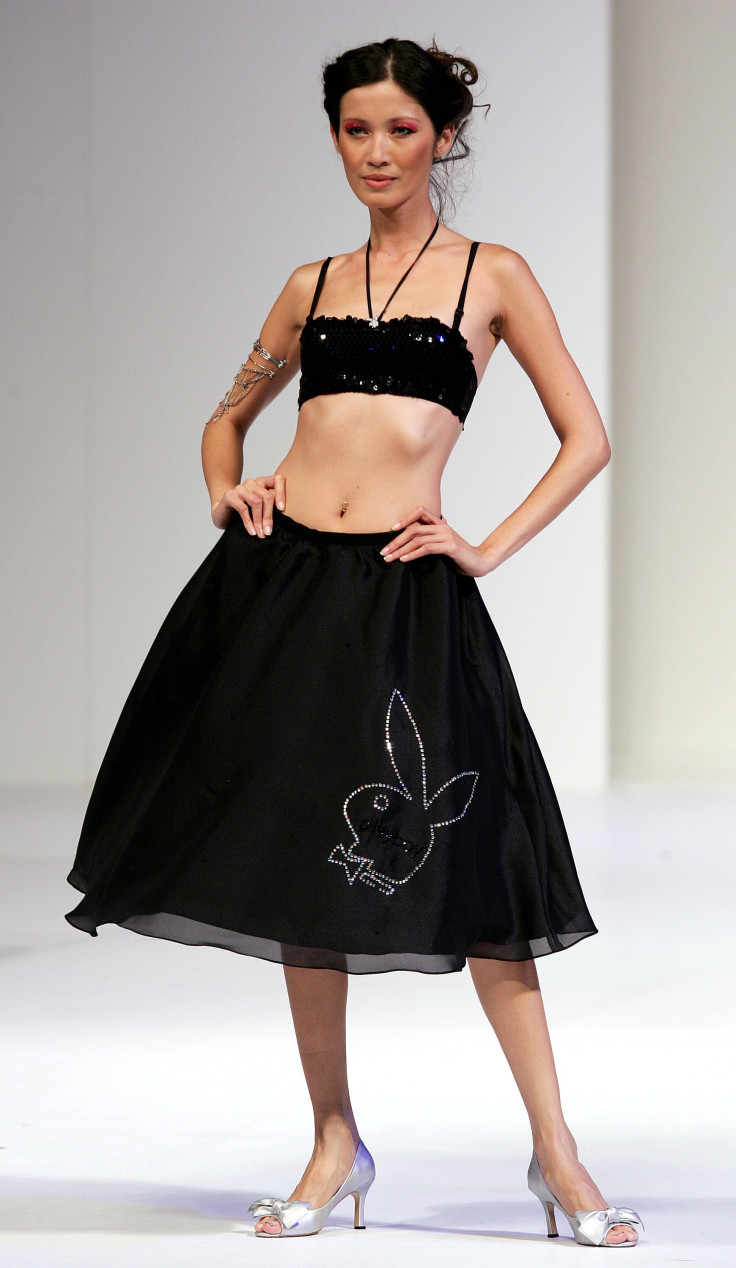Playboy Plans Huge China Expansion Based On Lifestyle Brand, Not Porn

In the West, the Playboy brand is synonymous with magazine spreads of nude or scantily clad women and raunchy humor. However, over in China, Playboy’s popularity has nothing to do with naked bodies and more to do with the iconic rabbit logo.
“What’s interesting about our China consumer is they’ve never had exposure to any of our media properties,” Scott Flanders, the CEO of Playboy Enterprises, said in an interview with Bloomberg TV. “We’ve never published a magazine, had a radio station, a TV channel, we’ve had no online presence, no social media, and yet the brand is stronger in China than any other country in the world.”
In spite of this -- or perhaps thanks to this -- the company is one of the most recognized clothing and lifestyle brands in the country, boasting an impressive 97 percent when it comes to brand awareness in the country, according to Playboy. “China is our biggest market,” Flanders said. “We do a billion and a half retail sales globally [annually] and fully a third of those are done in China.”
Playboy has increasingly relied on other revenue streams as the flagship magazine has struggled to compete with free adult content online. The magazine, which has seen its circulation drop from a peak of 7 million in 1972 to 1.25 million in 2014, cut back from 12 to 10 issues a year in 2010.
In China, the government has imposed a strict ban on Internet and print pornography and keeps an eye on explicit and implicit nudity in film and other media. Earlier this year, a popular Chinese show called "The Empress of China" was re-edited to exclude shots of actresses' cleavage and necklines after the national censorship bureau said it was having a negative effect on society.
Flanders explains that instead of porn, Playboy built its brand in China by selling an “aspirational lifestyle” to the country’s burgeoning middle class. “Many of our customers say they buy a Playboy suit or a briefcase or a wallet when they’re moving into the middle class,” Flanders said. “When they get their first job. It’s a sign that they have arrived.”
Looking forward, the company is planning an expansion that will see its merchandise in 400 retail outlets in mainland China thanks to a licensing deal with local distributor Handong International, which will help the company solidify Playboy’s aesthetic to reach a younger, affluent consumer as well as women.

“Playboy has traditionally appealed to the male demographic in China, but we believe there’s an opportunity to market our brand to females, particularly with our fashion apparel,” Matt Nordby, Playboy Enterprises’ president of global licensing and chief revenue officer, told CNBC.
Playboy hopes the partnership with Handong will help the company dig even deeper into Chinese pockets. “Playboy has generated $5 billion in retail revenue in China in the last decade. We’re looking to double that number over the next decade,” Nordby said. “China is extremely important to our business.”
© Copyright IBTimes 2025. All rights reserved.





















